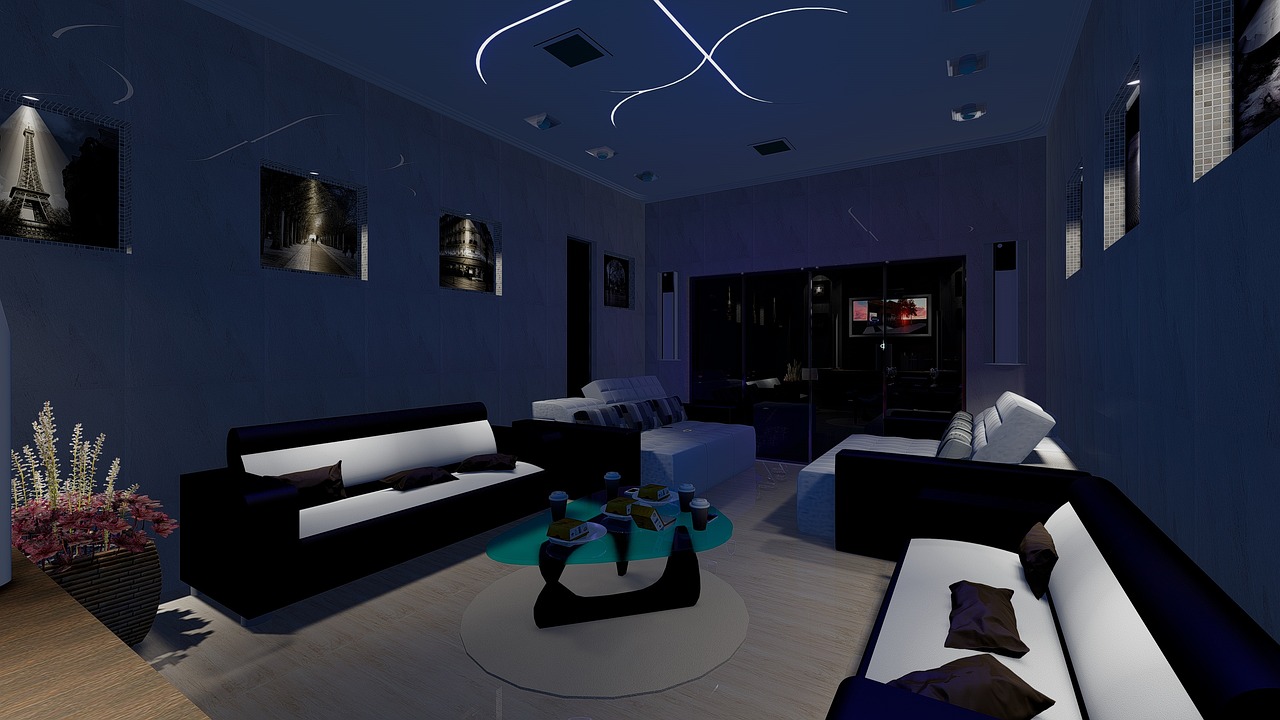This article explores how LED lighting, with its energy-saving prowess can significantly lower your energy bills while providing superior illumination. Also, it explores how the adoption of LED lighting can be a game-changer in reducing energy consumption and, consequently, lowering monthly utility expenses. However, this can be achieved with experienced led lighting manufacturers. These experts provide quality LED lighting solutions for your needs.
Longevity Leads to Reduced Replacement Costs
One of the key contributors to energy bill reduction with LED lighting is the extended lifespan of LED bulbs. Traditional bulbs have a limited lifespan and tend to burn out or lose efficiency relatively quickly. In contrast, LEDs can last up to 25,000 hours or more, significantly reducing the frequency of replacements. This not only saves on the cost of purchasing new bulbs but also minimizes the associated labor and disposal expenses.
Tailoring Light Output to Your Needs
LED lighting offers unprecedented control over light output, allowing users to customize brightness levels according to their specific needs. This feature, often referred to as dimmability, enables users to lower the light intensity in areas where full brightness is unnecessary. By adjusting the lighting to match the task at hand, whether it’s ambient lighting for relaxation or focused task lighting, users can further optimize energy consumption and contribute to lower energy bills.
Reduced Heat Emission Equals Cooling Savings
LED Lighting contributes to a safer lighting environment and it translates to reduced cooling costs. In warmer climates, the heat generated by traditional bulbs can increase the load on air conditioning systems, requiring more energy to maintain a comfortable indoor temperature. LED lighting’s minimal heat emission helps alleviate this additional cooling demand, resulting in energy savings.
Government Incentives and Rebates
Many governments and utility companies recognize the energy-saving potential of LED lighting and offer incentives to encourage its adoption. These incentives may come in the form of rebates, tax credits, or subsidized pricing for LED products. Taking advantage of these programs not only lowers the upfront cost of transitioning to LED lighting but also accelerates the return on investment through ongoing energy savings.
Smart Lighting Solutions for Enhanced Efficiency
The integration of LED lighting with smart home systems adds another layer of energy efficiency. Smart lighting allows users to automate and control their lighting remotely, schedule lighting changes, and even adjust brightness based on ambient light conditions.
Environmental Impact and Sustainability
Beyond the financial gains, embracing LED lighting aligns with a broader commitment to environmental sustainability. The reduced energy consumption of LEDs contributes to a lower carbon footprint, making them an eco-conscious choice. As societies increasingly prioritize environmentally friendly practices, LED lighting stands out as a technology that not only benefits individuals but also the planet. That is why choosing LED lighting, is an investment for the future.
Conclusion
The shift to LED lighting transcends the realm of aesthetics, becoming a tangible and sustainable strategy to lower energy bills. The amalgamation of energy efficiency, extended lifespan, and technological versatility positions LED lighting as a powerful tool for individuals and businesses looking to illuminate their spaces while simultaneously contributing to a greener, more energy-conscious future. Making the switch to LED lighting isn’t just a choice, it’s a luminous investment in efficiency, longevity, and a brighter, more sustainable tomorrow.
